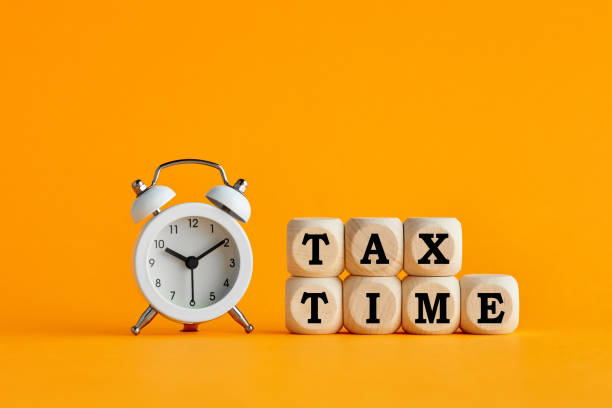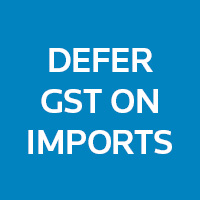Four priorities of the ATO this tax time
The Australian Taxation Office (ATO) has announced four key focus areas for Tax Time 2022.
The ATO will be focusing on:
- record-keeping
- work-related expenses
- rental property income and deductions, and
- capital gains from crypto assets, property, and shares.
These ATO priority areas will ensure that there is an appropriate level of scrutiny on correcting reporting of deductions and income, so that Australia continues to have a strong tax system that can support the Australian community. Taxpayers can take steps to lodge right the first time.
It is important to rethink your claims and ensure you satisfy the following golden rules:
- You must have spent the money yourself and weren’t reimbursed.
- If the expense is for a mix of income producing and private use, you can only claim the portion that relates to producing income.
- You must have record to prove it.
Record-keeping
We know there are still some weeks left until tax time, but if you start organizing the income and deductions records you’ve kept throughout the year, this will guarantee you a smoother tax time and ensure you claim the deductions you are entitled to.
For those people who deliberately try to increase their refund, falsify records or cannot substantiate their claims the ATO will be taking firm action to deal with these taxpayers who are gaining an unfair advantage over the rest of the Australian community who are doing the right thing.
Work-related expenses
To claim a deduction for your working from home expenses, there are three methods available depending on your circumstances. You can choose from the shortcut (all-inclusive), fixed rate and actual cost methods, so long as you meet the eligibility and record-keeping requirements.
Everyone’s work-related expenses are unique to their circumstances. If your working arrangements have changed, don’t just copy and paste your prior year’s claims. If your expense was used for both work-related and private use, you can only claim the work-related portion of the expense. For example, you can’t claim 100% of mobile phone expenses if you use your mobile phone to ring your family.
Rental income and deductions
If you are a rental property owner, make sure you include all the income you’ve received from your rental in your tax return, including short-term rental arrangements, insurance payouts and rental bond money you retain.
It is encouraged to keep good records, as all rental income and deductions need to be entered manually. You can ask us for assistance. If the ATO notices a discrepancy it may delay the processing of your refund as the ATO may contact you or your registered tax agent to correct your return. The ATO can also ask for supporting documentation for any claim that you make after your notice of assessment issues.
Capital gains from crypto assets, property and shares
If you dispose of an asset such as property, shares, or a crypto asset, including non-fungible tokens (NFTs) this financial year, you will need to calculate a capital gain or a capital loss and record it in your tax return.
Generally, a capital gain or capital loss is the difference between what an asset cost you and what you receive when you dispose of it.
Crypto is a popular type of asset and it is expected that more capital gains or capital losses will be reported in tax returns this year. Remember, you can’t offset your crypto losses against your salary and wages.
Through data collection processes, it is known that many Australians are buying, selling or exchanging digital coins and assets, so it’s imperative that people understand what this means for their tax obligations.
Disclaimer:
The content of this summary is general by nature. We therefore accept no responsibility to persons acting on the information herein without consulting with DSV Partners.
Liability limited by a scheme approved under Professional Standards Legislation














